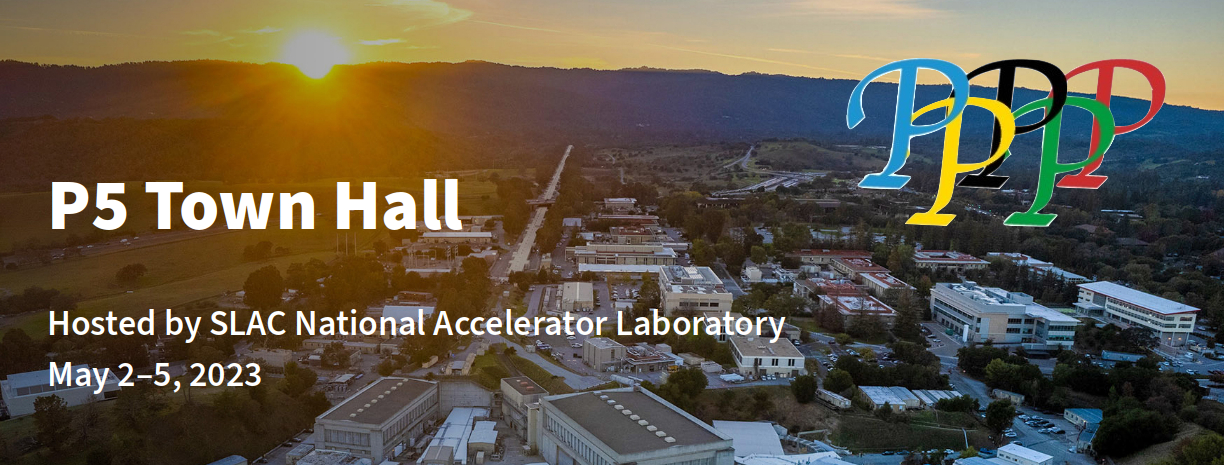Speaker
Description
Electromagnetic field frontier which explores surpassing the existing limits of accessible EM fields is introduced. This frontier has invariably advanced fundamental sciences as well as technological capabilities. While at the turn of 20th century, opening of O($10^5$)V/m fields helped uncover the atomic structure and quantum mechanics, it was not until mid-20th century that O($10^7$)V/m radio-frequency fields were tamed to build colliders which eventually helped establish the Standard Model. Accordingly, my work pioneers opening the “EM field frontier” towards O($10^{15}$)V/m or PV/m fields using a new class of plasmons excited in nanomaterials [1,2,3]. PV/m fields will uncover new physics beyond colliders, such as “opening the vacuum” for first direct observation of virtual particles tunneling directly off from vacuum. Even a few electrons at O(PeV) energies, can help probe the “spacetime fabric” using tests of the quantum gravity models. With further development, PV/m plasmonic accelerators would make it possible to realize R. Hofstadter’s vision of a university-level collider, also offering an upgrade path for the ongoing O($10^{11}$)V/m gaseous plasma efforts.
[1] Sahai, A. A., et. al., “Approaching PetaVolts per meter Plasmonics using Structured Semiconductors,” IEEE Access, vol. 11, pp. 476-493, 2023.
[2] Sahai, A. A., et. al., “PetaVolts per meter Plasmonics: Snowmass21 White Paper”, arXiv:2203.11623, 2022.
[3] Sahai, A. A., “Nanomaterials Based Nanoplasmonic Accelerators and Light-Sources Driven by Particle-Beams,” IEEE Access, vol. 9, pp. 54831-54839, 2021.



